I’ve noticed a few trends with many watercraft owners on what they do and don’t do when it comes to their watercraft. Is it a big deal? It can be with some of these factors.
There are the obvious stuff, like people forget to do a service, but there are also the not so obvious, like replacing your drain plug o-ring.
In this post, I aim to discuss essential tasks for your watercraft. These tasks are often overlooked or unknown to many, and I’ll present them without any specific order.
What If I Already Do Proper maintenance?
This post is more than just about maintenance.
Several maintenance tasks often go overlooked, lacking coverage in most owner’s manuals or guides. It’s surprising that these important aspects aren’t receiving more attention.
However, if you’re already diligent about maintenance, much of this information may not be groundbreaking for you. While there are still sections worth considering, kudos to you for consistently taking care of your jet skis.
Winterizing Before It Gets Cold
I’m surprised by how many owners don’t winterize their jet skis even though it gets below freezing where they live. Or the few that simply forget about it; I once had a guy forget to do it and wanted me to winterize in February, where it starts to warm back up for us.
Even if it doesn’t get cold where you live, if the PWC will be sitting for a few months, it’s still a good idea to do some storage procedures, which is very similar to winterizing.
Yearly Upkeep At the Right Time
For over 20 years, most watercraft have been keeping track of service intervals that a dealership tech can pull up with the manufacturer’s software. With this, I’ve learned far too many people don’t do a service when they should. It also explains why the manufacturer is so eager to have these warning lights in the first place.
You need to do a service at least every year or every 50 hours. You don’t need to be exact or perfect, but I’ve seen far too many NEVER do a service, and that is a problem.
Wearing Neoprene Swim Shorts
Wearing neoprene swim shorts, no matter if you’re a man or woman, is something not many people know about.
There have been warning stickers for years asking you to do this, but most don’t.
Not only do these neoprene shorts offer great comfort, traction for your bottom to stay on the seat, but provide protection if you fall off from the rear. I cover this more in my post on what to wear on a jet ski. Basically, it stops water intrusion into your body.
Flushing The PWC More Often
Not enough people flush their jet skis (especially people who mostly ride in saltwater).
If you ride in saltwater, you need to flush after you’re done for the day.
When it comes to freshwater, flushing after every ride is not needed, but still a good idea to do it a few times a year. Even freshwater has “gunk” in it that can clog up the cooling systems and flushing it out, especially with SaltAway (Amazon Link Ad), is helpful.
Replacing Drain Plug O-Rings
The drain plug keeps you from sinking, but the real hero is the o-ring.
The o-ring wears out over time and will crack, and that can lead to water getting in and sinking it.
For good measure, I suggest replacing the o-rings on your drain plug every 5 years or when it starts to crack.
Keeping The Battery charged And In Good Shape
Watercraft are mostly ridden during the warmer months, this means they will sit for a few months.
When a battery is not used for a few months, it can go “flat” and die. People will confuse this, thinking there is a power draw that drains the battery. The truth is that lead-acid batteries simply go flat when not used. (And no, putting a battery switch on your jet ski won’t help!)
To keep your battery from going flat, I suggest keeping on a smart battery charger or a solar charger on it. I keep my Sea-Doo outside and a solar charger on it and get 5 years out of my batteries.
Avoiding Shallow Waters
If I were to rank the number one problem that most owners have, it would be sucking up items.
From rocks, ropes, sticks to even a map, if it’s in the water, people will suck it up.
And yes, I’ve gotten a few people ask “why don’t they put a screen in front of the intake“, but it’s not going to work.
The best advice I can give you is to only start your jet ski in at least 3 feet of water. Avoid riding right after a bad rainstorm, and get an impeller protector to keep from sucking up tow-rope.
Allow The Watercraft To Dry off, then Put The Cover On
Getting mold on your seats and handlebars is super common, and it happens because people don’t let the machine dry off before putting the cover on.
After a ride or cleaning, let it sit for 15 minutes uncovered to let the water evaporate before you put the cover on it. Wiping it down with a dry towel will also help.
Idle In No Wake Zones
Boaters hate waverunners because they can be a little crazy, especially around no-wake areas.
A no-wake area is 100 feet from shore or when you see a white no-wake buoy. (If you’re not sure if it’s a no-wake zone, it’s best to assume it is).
In a no-wake zone, you must go at idle speed. Some no-wake areas can be overly long, but you must stay at or under idle speed. I notice many getting impatient in no-wake zones and take off at full speed. Not following the no-wake zone rules will get you a ticket fast from water patrol.
Avoid Going Over The Seating Capacity & Weight Limit
Most waverunners are 3-seaters, meaning they can fit 3 people. You do have a few that are 2-seaters and even 1-seaters.
I bring up seating capacity because I see many people ignore it when it comes to tow sports.
I often see a 3-seater with one person driving, a spotter sitting behind the driver, and 2 or more people on the tube. In most states, that is not allowed and a quick way to get a ticket.
If you have a 3-seater, that means you can only have 3 people total on the PWC and tube. In some states, you need a spotter at all times, so at most on a 3-seater you can have only one person on the tube.
The reason is simple.
If someone gets hurt, you need enough room to get everyone back to safety. The towable tube doesn’t count because it could get deflated or damaged.
Trailer Care
The honest truth, most owners don’t do any maintenance on their trailers.
It’s crazy because these trailers go on roads and a tire blow out or seized up axle can put other motorists on the road in danger.
Here are the things you should routinely get done for your trailer:
- Grease the trailer bearings.
- Check your tires for dry rot or damage.
- Replace bow straps when they tear or get faded.
- Check your lug nuts for proper torque.
- Run the correct tire pressure.
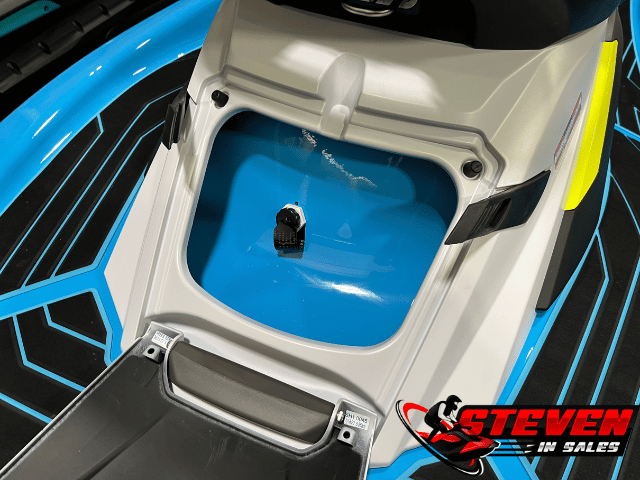
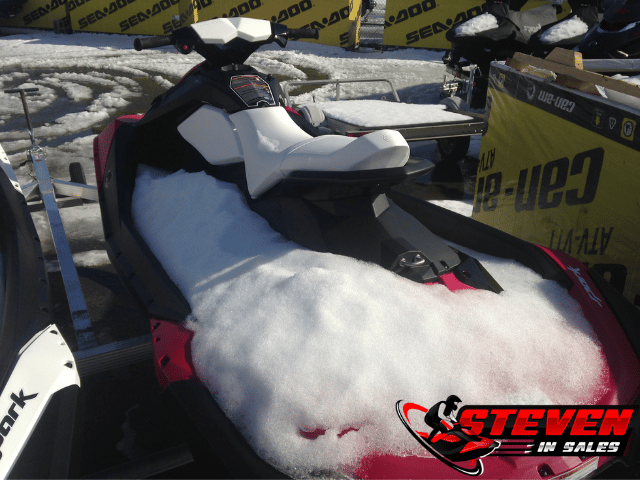
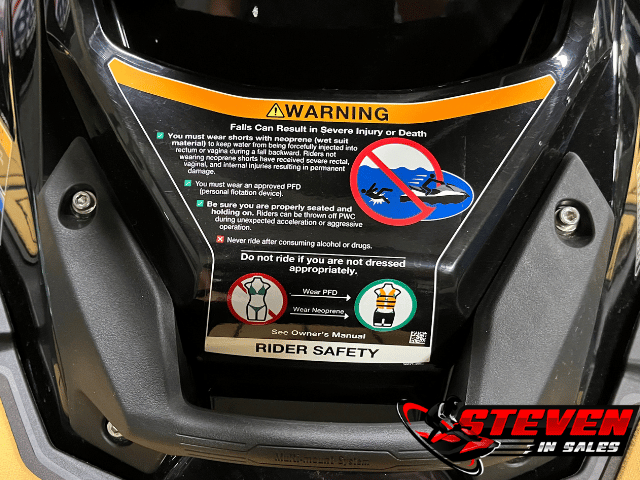
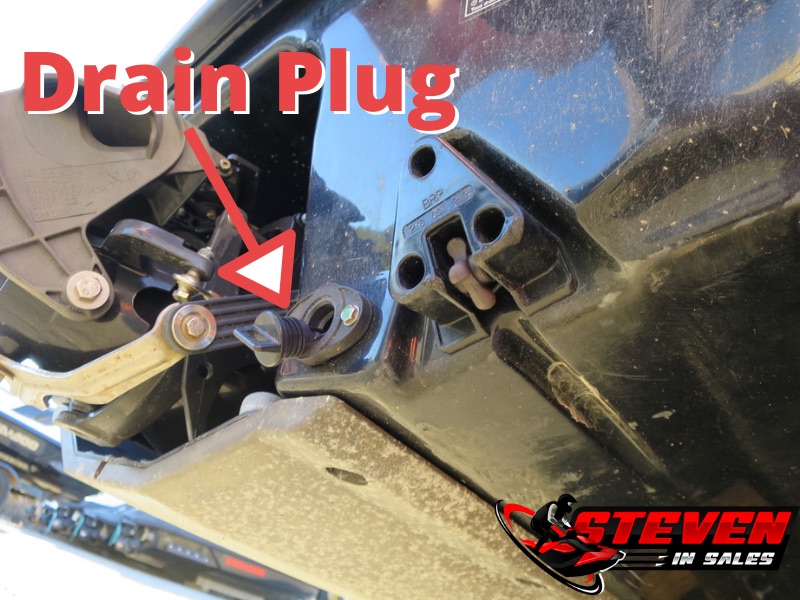
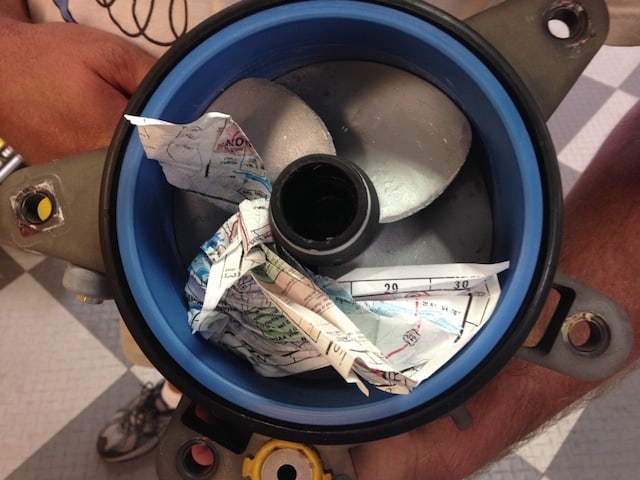
Hmmmm. Where can I get O-Rings for a 2011 Kawi STX-15F for the drain plugs?
Amazon will have the whole kits for Kawasaki, you get the two drain plugs with the o-rings. You could go to your local home improvement store or autoparts store and buy a variety pack of o-rings. The o-rings are the standard black ones used in many things, just make sure it’s the correct size and thickness.